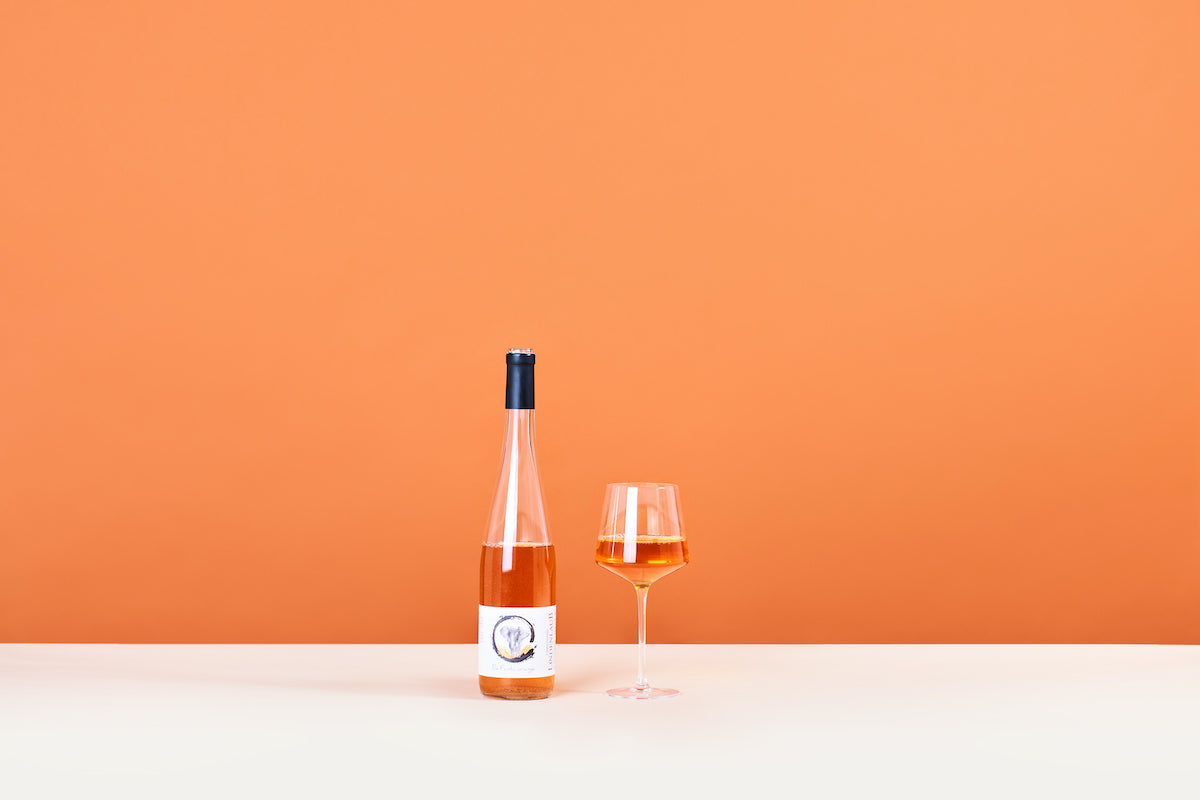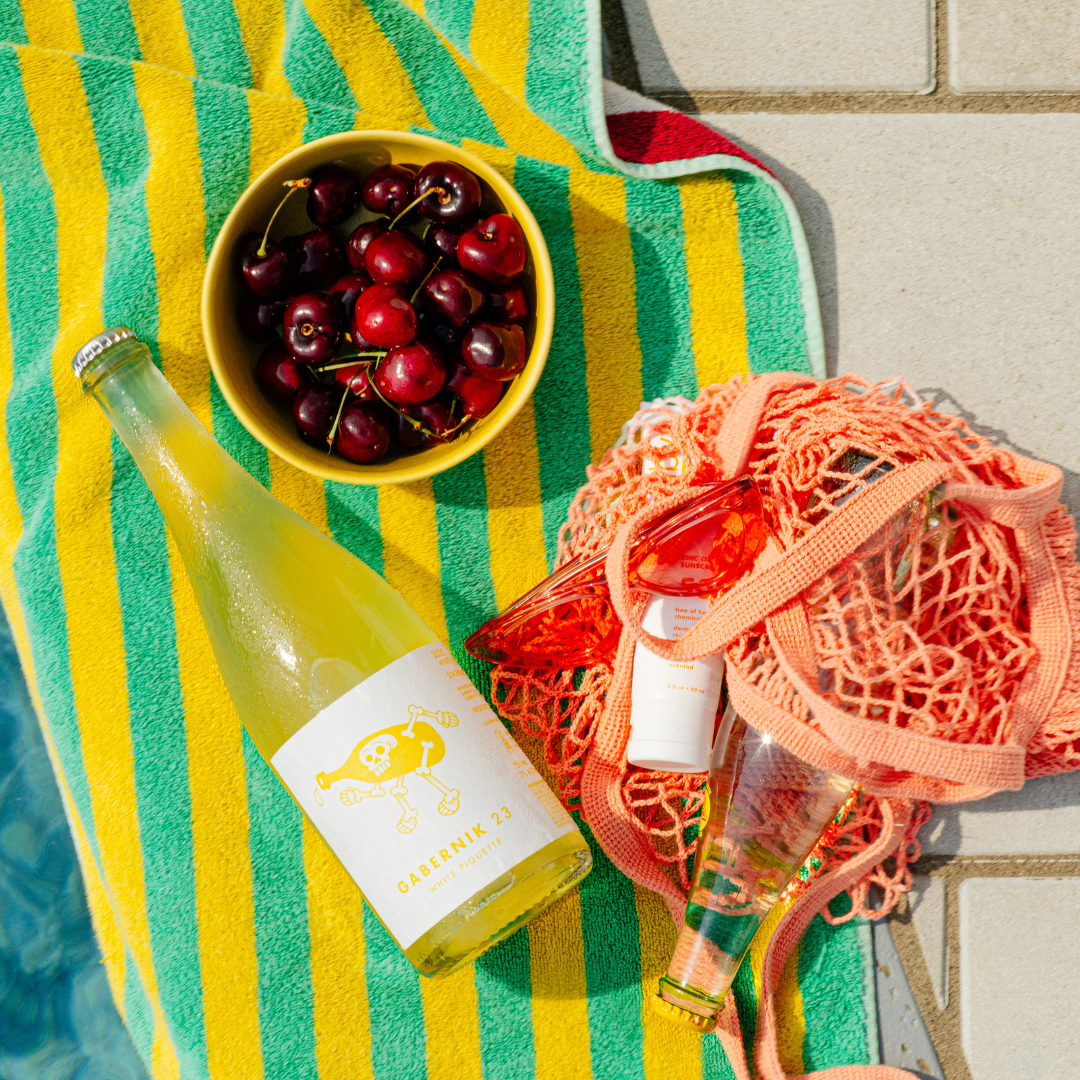What is Natural Wine?
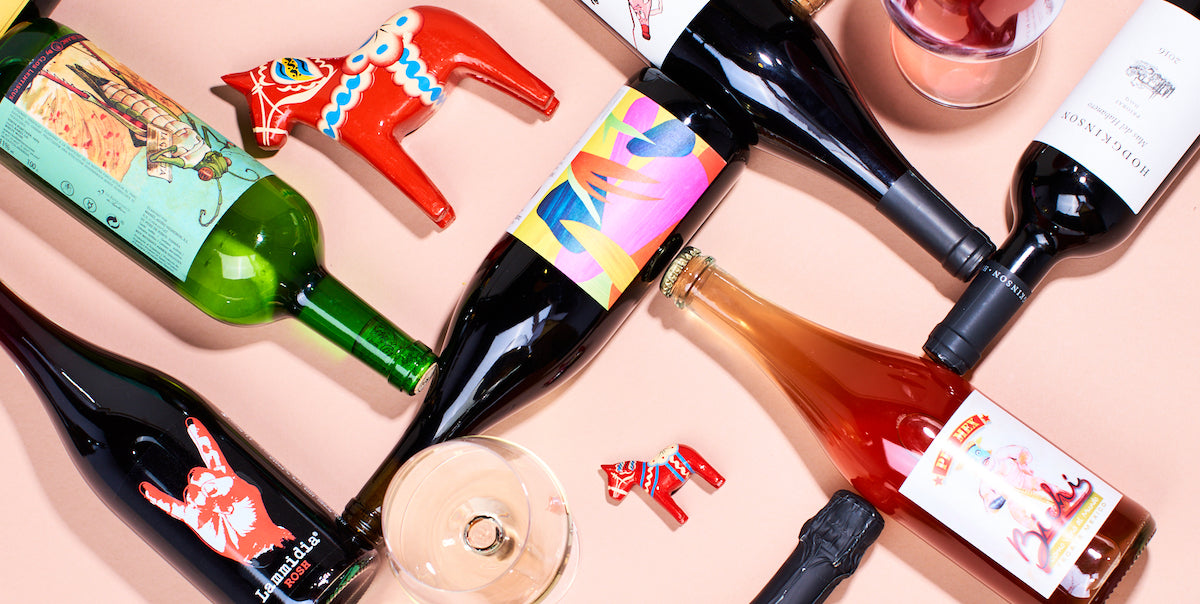
The Ultimate Guide to Natural Wine
So, What is Natural Wine?
Natural wines are farmed sustainably, typically using organic or biodynamic practices and made without adding or removing anything during the winemaking process. This means no fining or filtering and no adding of acid, sugar or any other components.
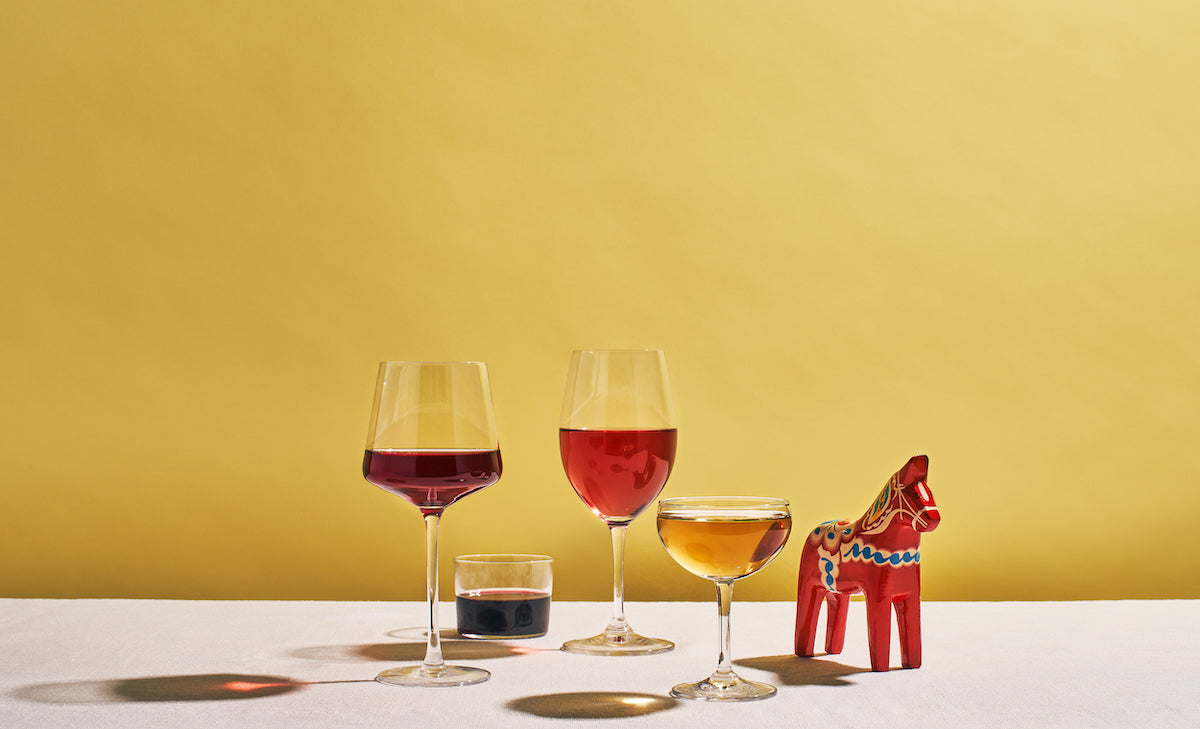
Below we will explore what natural wine is, who makes it, where it comes from, debate around it, and where you can find it here in the US.
Many people think that all wine is natural wine. After all, isn't wine just grapes that were crushed, put in a barrel, left to ferment, bottled and sent to the local retail store? The short answer is no.
But, unlike other food products that have to list their ingredients on the labels, wine labels are incredibly vague and hard to understand. In fact, you can't actually put the ingredients on the label even if they wanted to because of regulations in the US.
Here are the topics we'll go over in this article:
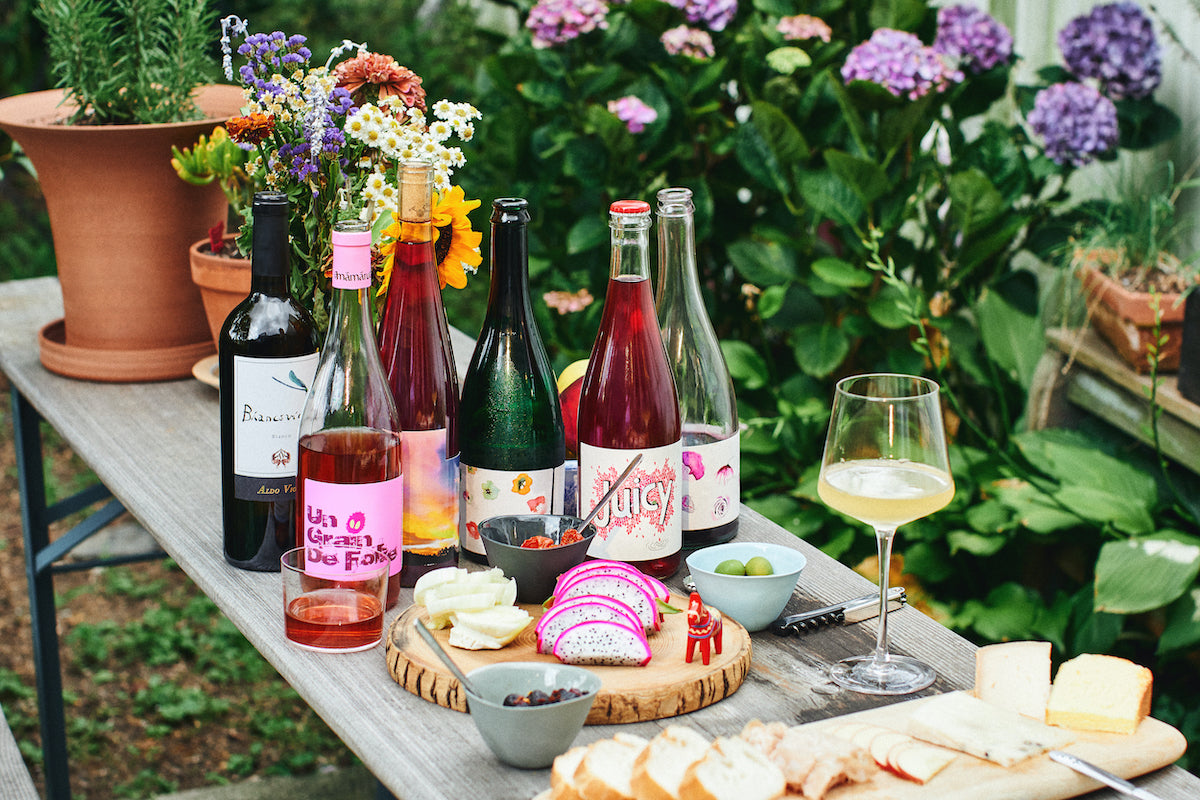
All About Natural Wine
The definition of natural wine has several components. There are two parts of the vinification process that need to be considered when exploring what natural wine: how the grapes were grown in the vineyard and how they were treated at the winery. There are certain practices in both areas that should be followed to create what we would consider a natural wine.
Grapes grown for natural wine live differently than what you typically see on a guided winery tour. You likely won't find manicured vines with perfectly trimmed leaves on each trellis. Instead, you'll find biodiversity such as cover crops below the vines and animals roaming around looking for some vine pests to eat. The approach is formed by organic or biodynamic farming practices with the goal of maintaining soils that are full of worms and the nutrients they feed on so the grapes can reflect the biodiversity of the land.
Natural Winemaking
Techniques:
Although we did just mention that the winemakers do not intervene in the winemaking process and allow the grapes to become the wines natural expression of their location, there are a decisions that need to be made that will affect the way the wine comes out and, in particular with natural wines, some of these decisions give the wine qualities that are typically seen more often in natural wines than conventional ones. These decisions include:

- Skin fermentation - We've all likely heard of orange wines, a short way of saying a white wine that has fermented on its skins. Red wines almost always go through a process of resting on their skins to extract tannin and color from the grapes and skins. With orange wines, they typically come off as heartier white wines that can have some tannin and other qualities not typically associated with white wines.
- Fermentation in bottle - Pétillant Naturel, or Pét-Nat, for short, is bottled prior to fully completing its first fermentation, allowing carbon dioxide to be produced by the natural sugars found in the grapes. This method is typically preferred to the méthode champenoise by natural wine producers.
- Co-fermentation - The method of having two types of grapes (or even grapes and another fruit like apples) ferment together, creating pre-blended wines or vinous ciders.
There are countless ways to produce wine and even when you are working to be as minimal with your intervention as possible, decisions still must be made to create the best style for the grape, vintage, and other conditions.
Fining and Filtering
Have you noticed that sometimes a wine says it is vegan? That should seem strange since why would there be animal products in your wine? Adding to the additives list, there are quite a few additives used in the fining process, several of which are not vegan (like fish bladders and egg whites).
In natural winemaking, there should be minimal use of fining and filtering. This is why you might likely see sediment hanging out at the bottom of the bottle when you put it up to the light.
Types of Natural Wine
As discussed briefly in the techniques section, there are many styles of natural wine with a few that may be new to you. Some are obvious like red and white wines, below we will explore specific ways they may be made. We'll also look at others styles of natural wine you may not know like orange wine or piquette.
Aged Reds
Red natural wines may also be aged for years and have an extended maceration, allowing them to age for decades longer. As mentioned before, some of the most famous and expensive wines in the world like DRC are natural wines, so it is very likely you have had red natural wines and not known they were natural while you were drinking them.
It should be noted that natural wine can definitely age. There is a lot of hype around natural wine not being able to age and that is focused on the glou glou style, which is focused on chuggable wines to drink fresh. However, by this point in the guide it should be clear that natural wine is not just one style but an ethos of how the wine is made, thus a natural wine can be the most ageable kind out there.
Sparkling Reds
Finally, red natural wines can even be sparkling! There are great examples of natural Lambrusco as well as pét-nat from both the old world and new world. Our prediction is we'll start to see the trend of light reds being effervescent, if not completely sparkling growing over the next few years.
Where Does Natural Wine Come From?
Where Does Natural Wine Come From?
Natural wine can technically be produced anywhere, but there are a few places that are known to have a lot of renowned producers and natural wine communities. Most people trace the new natural wine movement back to France in the 1980'. Wine has been made the natural way for many years, but this rebirth was a fight against the Robert Parker view of how wine must taste.
Every Question Answered (Almost) Natural Wines





